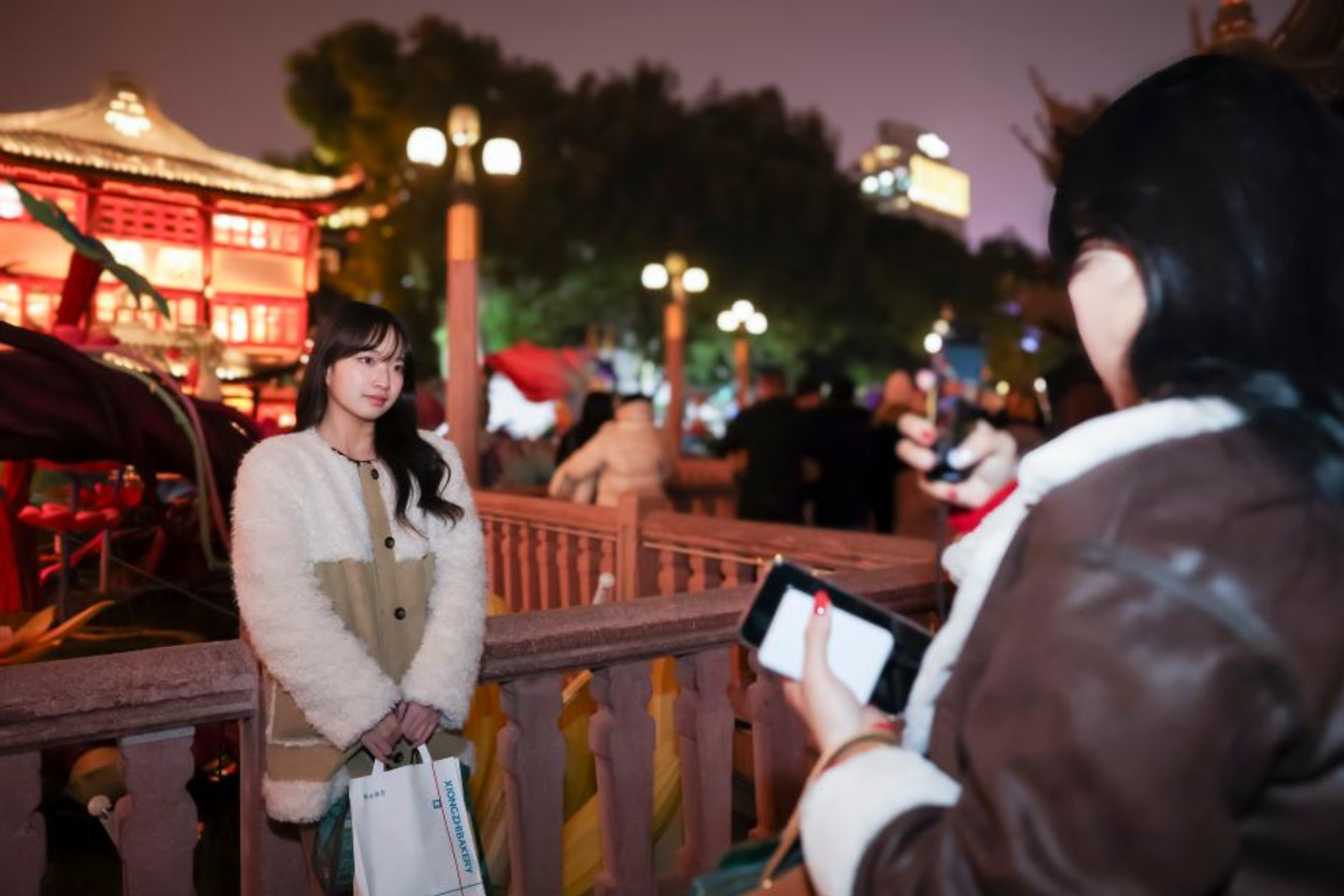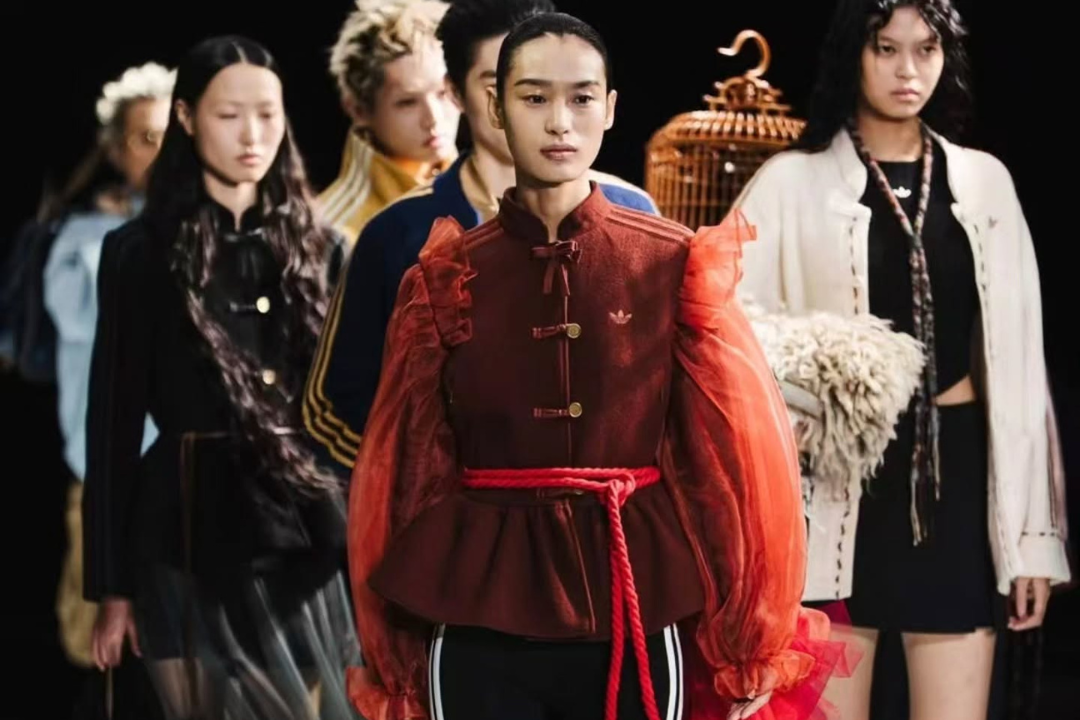Shanghai in the early 20th century is a rich vein for historians and writers to mine, and none have done so over the years with as much panache as Paul French and his latest book is a collection of Shanghai tales, many of which have appeared before in different forms, entitled appropriately enough Destination: Shanghai.
The eighteen chapters describe the diverse experiences of foreign sojourners — some famous, others decidedly less so — who traveled through Shanghai in the 20th century. As is the case with much of French’s books, the bulk of these stories are set in the pre-World War II Shanghai.
In the heady anarchic days between the fall of the Qing Empire and the Japanese Occupation, Shanghai, and in particular that section of the city carved out by treaty as a settlement for the foreign community, was a world unto itself. In some ways, it was a lawless city in which extraterritoriality protected foreign residents from the whims and regulations of the Chinese government. But it was also a city where a complicated system of overlapping jurisdictional authority enforced by the foreign powers created a protected space where residents — the Shanghailanders — could enjoy a standard of living, infrastructure, and cosmopolitan culture unlike any other city on the China coast. It was the Pearl of the Orient. The Paris of the East. The respectable rubbed shoulders with the demimonde, swindlers with police sergeants, ingenues with investors, accountants with alcoholics. They all contributed to an urban culture which was a toehold for global modernity in China during a dangerous age.
Little wonder so many folks chose Shanghai for their refuge or recreation.
Playwright Eugene O’Neill famously escaped to the city in 1928 with his mistress and future wife, the actress Carlotta Monterey. An ocean may have separated O’Neill from the pressures of the theater business (as well as his wife and children) but he could not escape the long arm of gossip columnists. Shanghai’s freewheeling press besieged the couple even as they — or at least Eugene, a man not known for turning down a drink or eight — sampled the Shanghai nightlife.
The American poet Langston Hughes visited Shanghai in 1933. Hughes described the city as “a town in another world. Here there are sky-scrapers, neon lights, night clubs, jazz bands, air-cooled movies, and warships in the harbor.” While in the city, Hughes met up with fellow American Irene West, a talent manager and vaudevillian from Dallas, Texas, and ate dinner cooked for him by Shanghai piano legend Teddy Weatherford.
Related:
 From W.E.B. Du Bois to the Panthers: A History of Black Americans in ChinaBlack Americans have been developing connections with China since the 1930s, well before the founding of the People’s RepublicArticle Feb 27, 2019
From W.E.B. Du Bois to the Panthers: A History of Black Americans in ChinaBlack Americans have been developing connections with China since the 1930s, well before the founding of the People’s RepublicArticle Feb 27, 2019
Hollywood royalty Mary Pickford and Douglas Fairbanks had an eventful visit in 1929 amid a Chinese nationalist backlash against the portrayal of Mongolians in Fairbanks’ recent smash The Thief of Baghdad. (Just in case anyone thinks “Hurting the Feelings” is a meme of recent vintage.) Strangely, Swedish actor Warner Oland received a warm welcome when he visited Shanghai in 1936 despite his awkward yellow-face portrayal of stocky Chinese detective Charlie Chan in a series of wildly popular films.
Not all chapters describe celebrity visits. French has long been fascinated with figures on the fringe of society; those who live their lives shaded by the penumbra of the past. The Viennese actress Lily Fohr left a successful career in Europe after the Nazis banned Jewish performers from stage and screen and rebuilt her life in Shanghai. She was a star in the spotlight but left little record of her life. Romani entertainers were prominent in the city’s nightlife, and French uses fragments from official records, newspapers, and memoirs to reconstruct the history of the Romani community in Shanghai.
You might also like:
 China’s Ghostwriter: The True Story Behind Jackie Chan’s New Movie “Knight of Shadows”In an upcoming blockbuster, Jackie Chan plays Pu Songling as a magical monster slayer, but Pu Songling’s real story is just as fascinating. Meet China’s most famous folkloristArticle Jan 11, 2019
China’s Ghostwriter: The True Story Behind Jackie Chan’s New Movie “Knight of Shadows”In an upcoming blockbuster, Jackie Chan plays Pu Songling as a magical monster slayer, but Pu Songling’s real story is just as fascinating. Meet China’s most famous folkloristArticle Jan 11, 2019
It wouldn’t be a Paul French book unless a white woman died in China under mysterious circumstances. Eliza Shapera was murdered in an apartment along Shanghai’s notorious Scott’s Road. In style reminiscent of the author’s celebrated retelling of the murder of Pamela Werner in his book Midnight in Peking, French goes through police and trial records to solve a cold case from decades ago.
French also wades decisively into the murky waters of another historical mystery concluding there is good evidence Roger Hollis, former director of Britain’s MI5, may have been a Soviet agent. French suggests Hollis was the notorious “Fifth Man” in the spy ring which also included Kim Philby, and that the Soviets had first recruited Hollis had at the Zeitgeist Bookstore on the banks of Suzhou Creek. The bookstore had been a favorite hangout for left-wing elements in the city, including Agnes Smedley, an American writer famous for supporting the Chinese Communist Party during the Japanese Occupation and the Chinese Civil War.
You might also like:
 Watch “Princess” Der Ling Appeal for Greater Understanding Between US and China — in 1930Article Apr 26, 2018
Watch “Princess” Der Ling Appeal for Greater Understanding Between US and China — in 1930Article Apr 26, 2018
Some of the chapters are a bit tenuous in their Shanghai connection. Occultist Alestair Crowley stopped off for a brief (apparently aborted) booty call in 1906. Journalist Arthur Ransome spent six months in the city which, then as now, was just enough time to get a book deal. The author of dozens of classic novels set in the American West, Louis L’Amour may have had extended adventures in China, or not — the record isn’t entirely clear — but he did apparently spend enough time in Shanghai to be inspired to write at least three short stories set in the city. Less clear is the Shanghai of André Malraux, who wrote his most famous novel La Condition Humaine (Man’s Fate) about the city. Throughout his life, Malraux gave several confusing versions of when, or if, he had ever visited Shanghai prior to the book’s publication.
As is often the case with French’s works, there is a relative lack of Chinese sources. This can be forgiven as the book’s focus is the international community, but cameo appearances from Chinese luminaries like Song Meiling, Song Qingling, and Lu Xun are generally sourced from (and seen through the gaze of) Western scholarship. It might be interesting to have a richer Chinese perspective on the cosmopolitan comings and goings of visitors to a city so well known as a melting pot of East and West.
Related:
 You Can Now Stream All of the BBC’s “Chinese Characters” History SeriesArticle May 05, 2018
You Can Now Stream All of the BBC’s “Chinese Characters” History SeriesArticle May 05, 2018
Finally, reading the book feels slightly like listening to an album of outtakes. In this way, it’s closer in spirit to Badlands, French’s follow-up to Midnight in Peking. While it lacks a bit the crackling narrative voice and crisp storytelling of French’s other recent book, the excellent City of Devils, fans of French’s work — and anyone interested in the history of Shanghai’s international community — will find the stories and lives described in Destination Shanghai fascinating.
Cover photo: Image of the inside of the Canidrome in Shanghai 1930s (University of Missouri Archive of Buck Clayton)
















